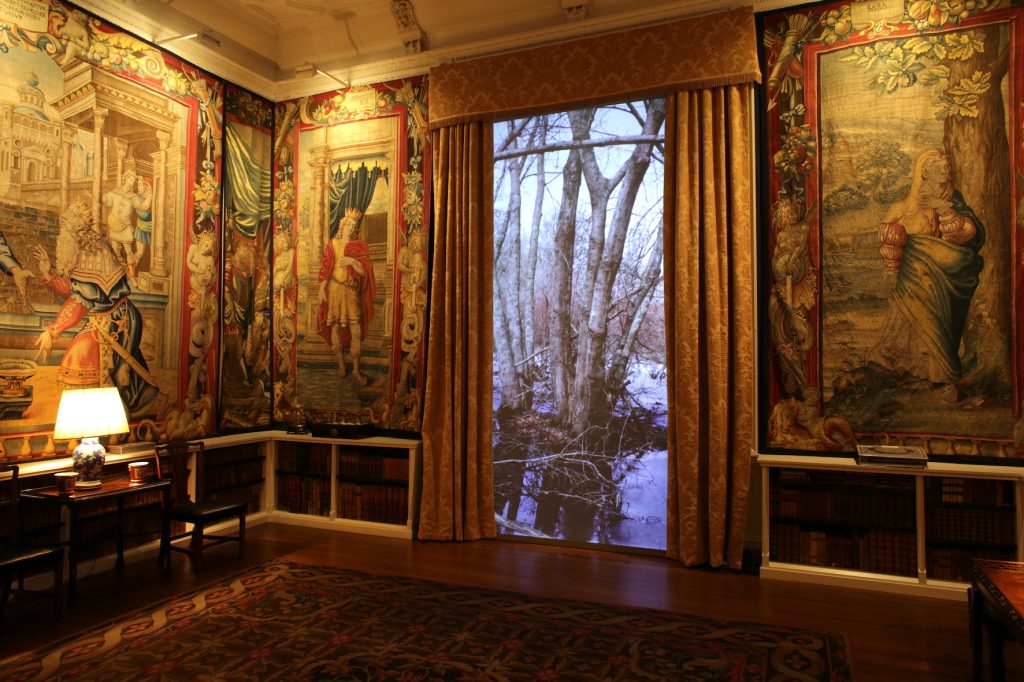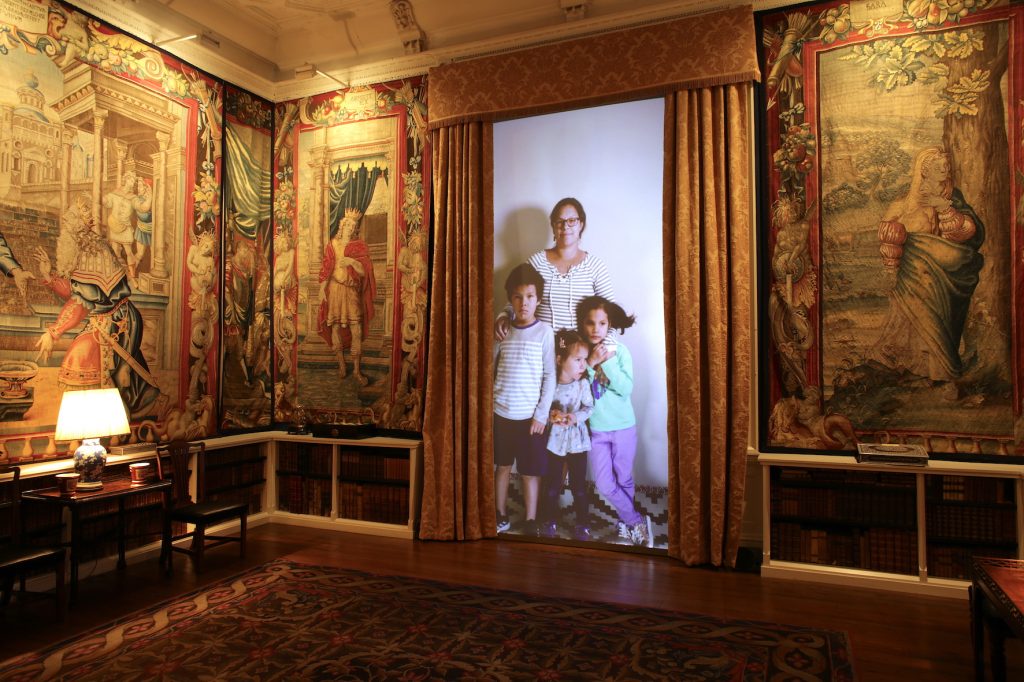In 2019 I was lucky enough to make a short visit to meet Jessie Little Doe Baird and the Wampanoag Native American community in Mashpee, Massachusetts as part of an artist commission for the National Trust at Blickling Hall, Norfolk.
In the library at Blickling Hall we came across a Bible published in 1663, written in Wampanoag and known as The Eliot Bible, which had somehow found its way back to England. Eliot immigrated to Massachusetts just ten years after the Pilgrim Fathers and wanted to preach to the indigenous community there, hence translating the bible, significantly helped by a few Wampanoag people.
However, within a few short years of the Bible’s publication, the Wampanoag community was all but destroyed through war, enforced slavery and banishment. Speaking their language was made a crime, punishable by death. It became a lost, or at least underground language, where the only records were preserved in letters from the time and the Bible.
Some thirty years ago, Jessie had a vision to reclaim the Wampanoag language. My visit was to the schools where it is now taught and spoken, with a new young generation for whom it is again a first language. Jessie, echoed by many others we met, spoke of how bringing the language back had reinvigorated the community, given people a greater sense of identity and relationship to the landscape, which has shaped them over millennia.
She spoke of how understanding the meaning of words was a paradigm shift in thinking and understanding the Wampanoag way of living and relating, which she illustrated with many examples. It was meeting these people in this community, which inspired me to learn and understand more about the links between language, culture and land. It exposed how much richness and understanding I was sadly missing out on, and how the voices and perceptions of all communities need to be included.
Learn more about the Wampanoag Language Reclamation Project




